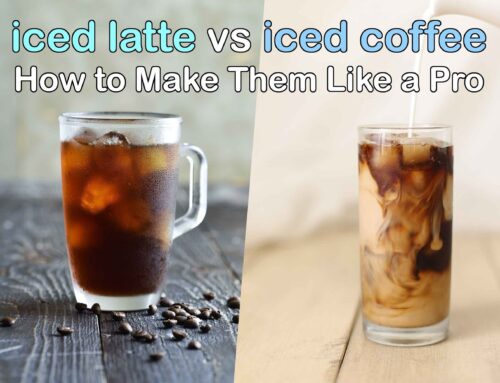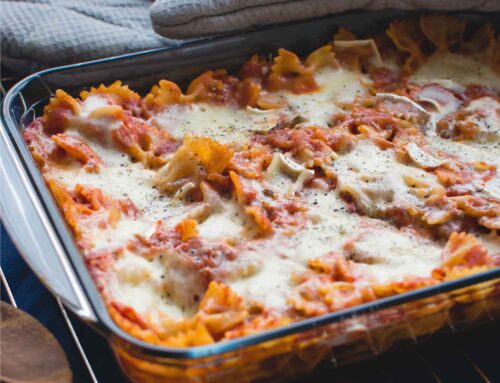
Cake is a form of sweet dessert that is typically baked. In its oldest forms, cakes were modifications of breads but now cover a wide range of preparations that can be simple or elaborate and share features with other desserts such as pastries, meringues, custards and pies.
Typical cake ingredients are flour, sugar, eggs, butter or oil, a liquid, and leavening agents, such as baking soda and/or baking powder. Common additional ingredients and flavourings include dried, candied or fresh fruit, nuts, cocoa, and extracts such as vanilla, with numerous substitutions for the primary ingredients. Cakes can also be filled with fruit preserves or dessert sauces (like pastry cream), iced with buttercream or other icings, and decorated with marzipan, piped borders, or candied fruit.
Cake is often served as a celebratory dish on ceremonial occasions, for example weddings, anniversaries, and birthdays. There are countless cake recipes; some are bread-like, some rich and elaborate, and many are centuries old. Cake making is no longer a complicated procedure; while at one time considerable labour went into cake making (particularly the whisking of egg foams) baking equipment and directions have been simplified so that even the most amateur cook may bake a cake.
Cakes are broadly divided into several categories, based primarily on ingredients and mixing techniques.
Butter cakes are made from creamed butter, sugar, eggs, and four. They rely on the combination of butter and sugar beaten for an extended time to incorporate air into the batter. A classic pound cake is made with a pound each of butter, sugar, eggs, and flour. Baking powder is in many butter cakes, such as Victoria sponge. The ingredients are sometimes mixed without creaming the butter, using recipes for simple and quick cakes.
Sponge cakes (or foam cakes) are made from whipped eggs, sugar, and flour. They rely primarily on trapped air in a protein matrix (generally of beaten eggs) to provide leavening, sometimes with a bit of baking powder or other chemical leaven added as insurance. Sponge cakes are thought to be the oldest cakes made without yeast. An angel food cake is a white sponge cake that uses only the whites of the eggs and is traditionally baked in a tube pan. The French Génoise is a sponge cake that includes clarified butter. Highly decorated sponge cakes with lavish toppings are sometimes called gateau; the French word for cake.
Chiffon cakes are sponge cakes with vegetable oil, which adds moistness.
Chocolate cakes are butter cakes, sponge cakes, or other cakes flavoured with melted chocolate or cocoa powder. German chocolate cake is a variety of chocolate cake. Fudge cakes are chocolate cakes that contains fudge.
Coffee cake is generally thought of as a cake to serve with coffee or tea at breakfast or at a coffee break. Some types use yeast as a leavening agent while others use baking soda and/or baking powder. These cakes often have a crumb topping called streusel and/or a light glaze drizzle.
Baked flourless cakes include baked cheesecakes and flourless chocolate cakes. Cheesecakes, despite their name, aren’t really cakes at all. Cheesecakes are in fact custard pies, with a filling made mostly of some form of cheese (often cream cheese, mascarpone, ricotta or the like), and have very little flour added, although a flour-based or graham cracker crust may be used. Cheesecakes are also very old, with evidence of honey-sweetened cakes dating back to ancient Greece.
Butter or oil layer cakes include most of the traditional cakes used as birthday cakes, etc., and those sold as packaged cakes. Baking powder or bicarbonate of soda are used to provide both lift and a moist texture. Many flavourings and ingredients may be added; examples include devil’s food cake, carrot cake and banana bread.
Yeast cakes are the oldest and are very similar to yeast breads. Such cakes are often very traditional in form, and include such pastries as babka and stollen.
Some varieties of cake are widely available in the form of cake mixes, wherein some of the ingredients (usually flour, sugar, flavouring, baking powder, and sometimes some form of fat) are premixed, and the cook needs add only a few extra ingredients, usually eggs, water, and sometimes vegetable oil or butter. While the diversity of represented styles is limited, cake mixes do provide an easy and readily available homemade option for cooks who are not accomplished bakers.
Cakes may be classified according to the occasion for which they are intended. For example, wedding cakes, birthday cakes, cakes for first communion, Christmas cakes, Halloween cakes, and Passover plava (a type of sponge cake sometimes made with matzo meal) are all identified primarily according to the celebration they are intended to accompany. The cutting of a wedding cake constitutes a social ceremony in some cultures. The Ancient Roman marriage ritual of confarreatio originated in the sharing of a cake.
Particular types of cake may be associated with particular festivals, such as stollen or chocolate log (at Christmas), babka and simnel cake (at Easter) or mooncake. There has been a long tradition of decorating an iced cake at Christmas time; other cakes associated with Christmas include chocolate log and mince pies.
A Lancashire Courting Cake is a fruit-filled cake baked by a fiancée for her betrothed. The cake has been described as “somewhere between a firm sponge – with a greater proportion of flour to fat and eggs than a Victoria sponge cake – and a shortbread base and was proof of the bride-to-be’s baking skills.” Traditionally it is a two-layer cake filled and topped with strawberries or raspberries and whipped cream.









Leave A Comment